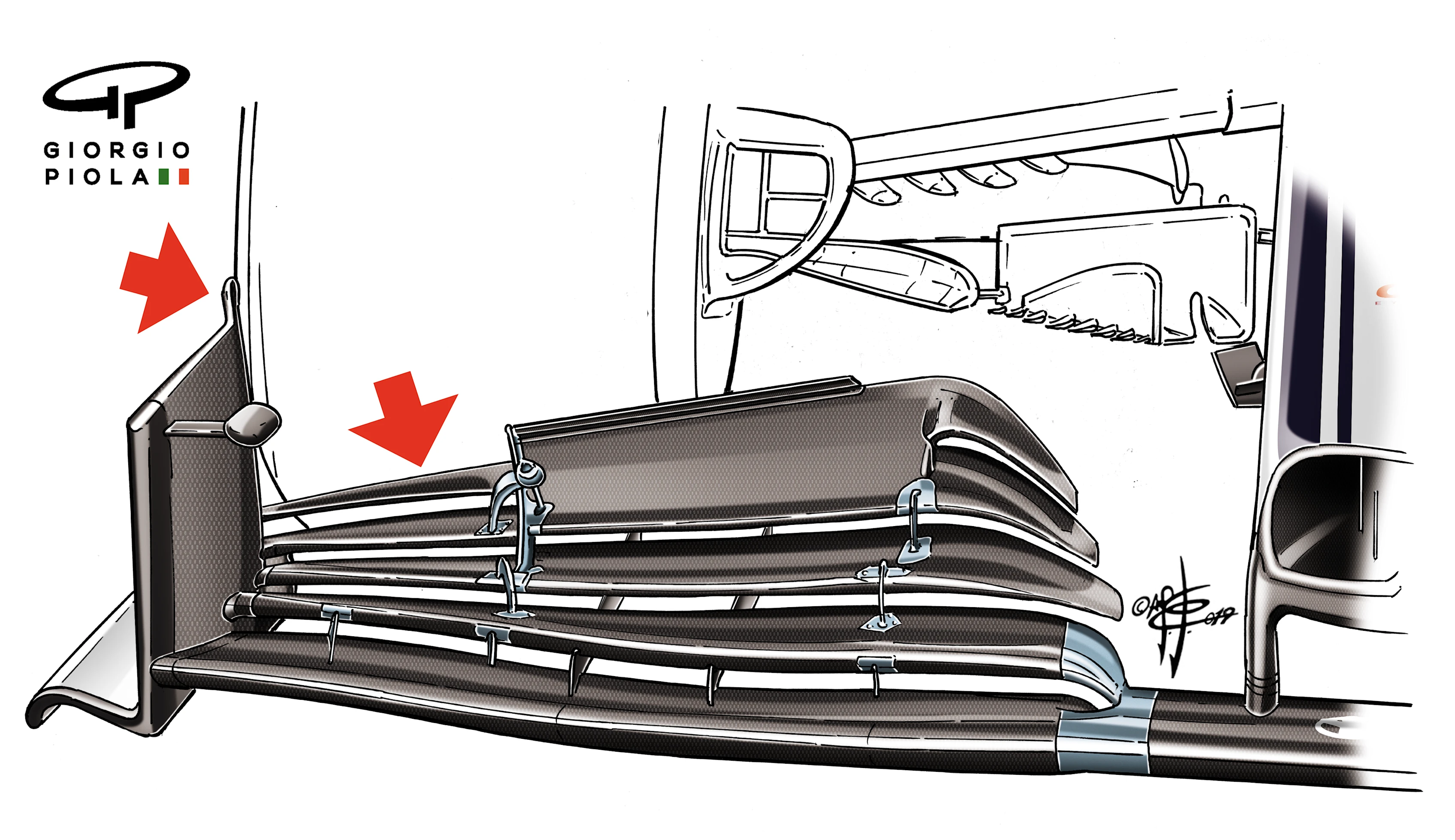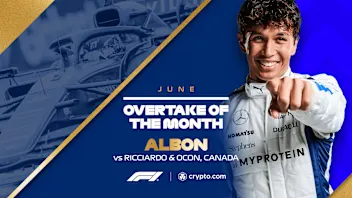Race results
FORMULA 1 PIRELLI GRAND PRIX DE FRANCE 2019
| Pos. | Driver | Time | Points |
|---|---|---|---|
| 1 | Lewis HamiltonHAM | 1:24:31.198 | 25 |
| 2 | Valtteri BottasBOT | +18.056s | 18 |
| 3 | Charles LeclercLEC | +18.985s | 15 |
| 4 | Max VerstappenVER | +34.905s | 12 |
| 5 | Sebastian VettelVET | +62.796s | 11 |
| 6 | Carlos SainzSAI | +95.462s | 8 |
| 7 | Kimi RäikkönenRAI | +1 lap | 6 |
| 8 | Nico HulkenbergHUL | +1 lap | 4 |
| 9 | Lando NorrisNOR | +1 lap | 2 |
| 10 | Pierre GaslyGAS | +1 lap | 1 |

After the hop to Canada, it’s a return to the European season and the start of the first back-to-back races of the year with the French Grand Prix. Here's why we love going racing at Paul Ricard…
- It’s in the south of France Seriously, what’s not to love? Formula 1 racing on the French Riviera – it’s just such a good mix. Okay, this reason is only really relevant if you’re heading to the race yourself, but as far as locations to visit a Grand Prix go, it’s a pretty good one.
With almost guaranteed good weather – the forecast suggests we’re in for a hot one this weekend – there is stunning coastline and beautiful towns and villages within easy reach of the track, and this area of France is known for its excellent food and even better wine.
There’s a reason so many Europeans, and even the French themselves, head to the Cote d’Azur for their summer holidays – and when you add a Formula 1 weekend into the bargain, it’s an idyllic place to be.
READ MORE: A history of the French GP in 7 circuits
- Cars getting tested to their performance limits The Circuit Paul Ricard underwent a major renovation back in the early 2000s and became known for a while as a high performance testing facility, with racing slow to return. Further modifications to the circuit over the coming years restored it to a fitting racing venue, but those testing characteristics still remain.
That means cars are really pushed to their performance limits at Paul Ricard, where drivers will hit a top speed well in excess of 300km/h on the run to the chicane in the middle of the Mistral Straight, and again after that chicane as they approach Signes.
And this is where an F1 car looks really awesome, as drivers don’t brake for the fast right-hander, tipping the car in and pulling nearly 5G laterally as they stay flat-out. It might look like the penalty for making a mistake is low given the large run-off areas, but the asphalt here is designed to slow the cars down and will mean plenty of time is lost if a driver gets out of shape and has to run wide.
- You can overtake Just because Paul Ricard is a good testing venue doesn’t mean it’s lacking in overtaking opportunities, either. The return of the French Grand Prix last year showed overtaking is possible in two key areas, and there could be even more this year.
Turn 1 is an obvious option at the start, with a solid braking zone after the pit straight allowing drivers to go wheel-to-wheel. As the left-hander is immediately followed by a right, there’s also still the possibility for the defending driver to hang on around the outside to retain the inside line for Turn 2.
WATCH: Re-live last year's French Grand Prix
It’s a similar story further round the lap, where the Mistral Straight – and the fact that drivers are flat-out through Turn 7 before they join it – allows for slipstreaming and DRS to try and make a move. Again, the next braking zone is into a left-right complex that would allow a driver to defend, and then another straight follows where the tow effect remains important.
The changes made to the aerodynamics this year should also help drivers stay closer to each other in the quicker corners, so Turn 3 could become an overtaking opportunity, too.
Next Up
Related Articles
 Test 7800 - Prod event testing
Test 7800 - Prod event testing From cutting curfews to grid penalties – 10 rule changes you need to know about for the 2023 F1 season
From cutting curfews to grid penalties – 10 rule changes you need to know about for the 2023 F1 season Article with Atom - Session Results | Sprint Shootout Test
Article with Atom - Session Results | Sprint Shootout Test Maria Teresa de Filippis, first female F1 racer, dies at 89
Maria Teresa de Filippis, first female F1 racer, dies at 89 BEYOND THE GRID: George Russell on his belief in Mercedes, being pushed by Hamilton and much more
BEYOND THE GRID: George Russell on his belief in Mercedes, being pushed by Hamilton and much more AtomSession - SS -AMP Article -The Thrilling World of Formula 1 Racing: Speed, Technology, and Global Glamour
AtomSession - SS -AMP Article -The Thrilling World of Formula 1 Racing: Speed, Technology, and Global Glamour